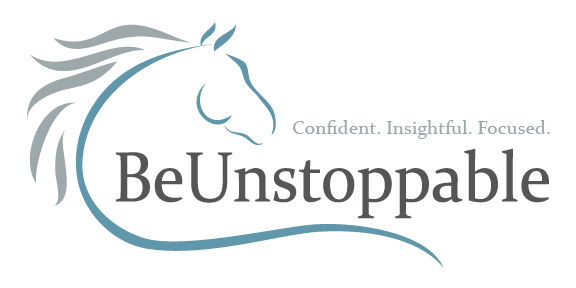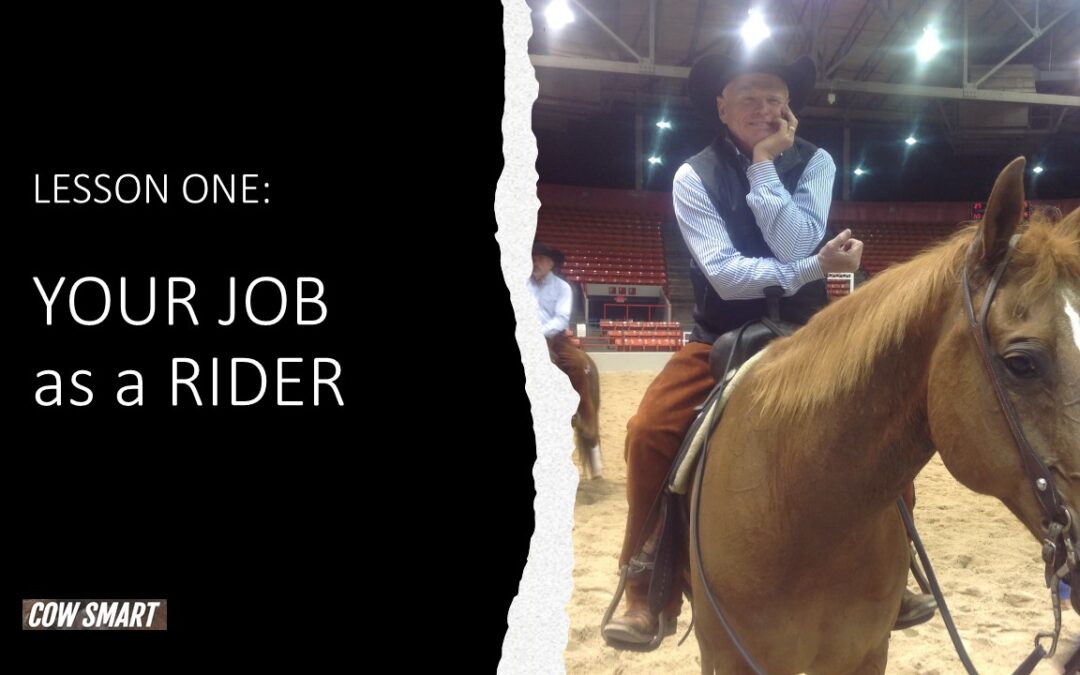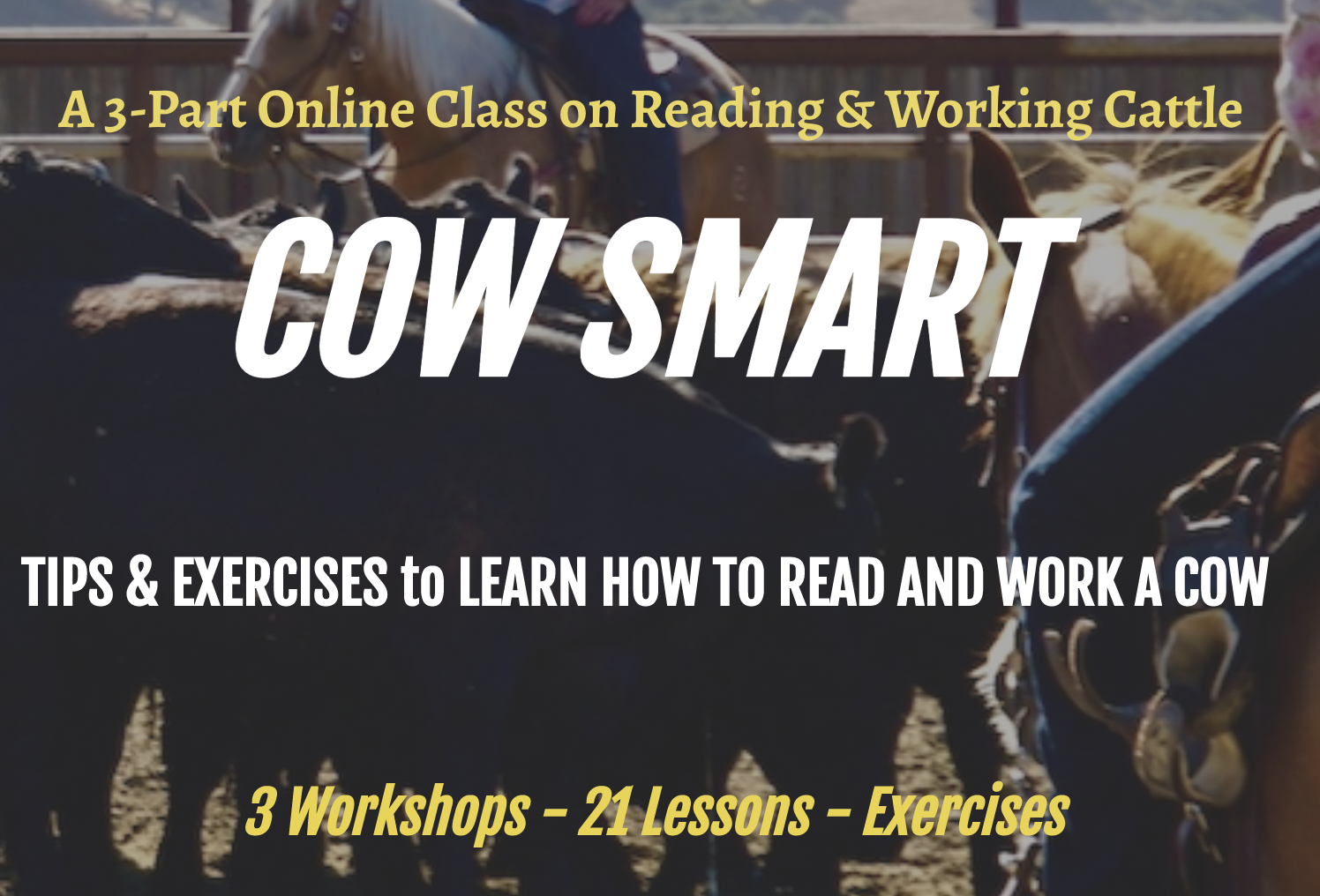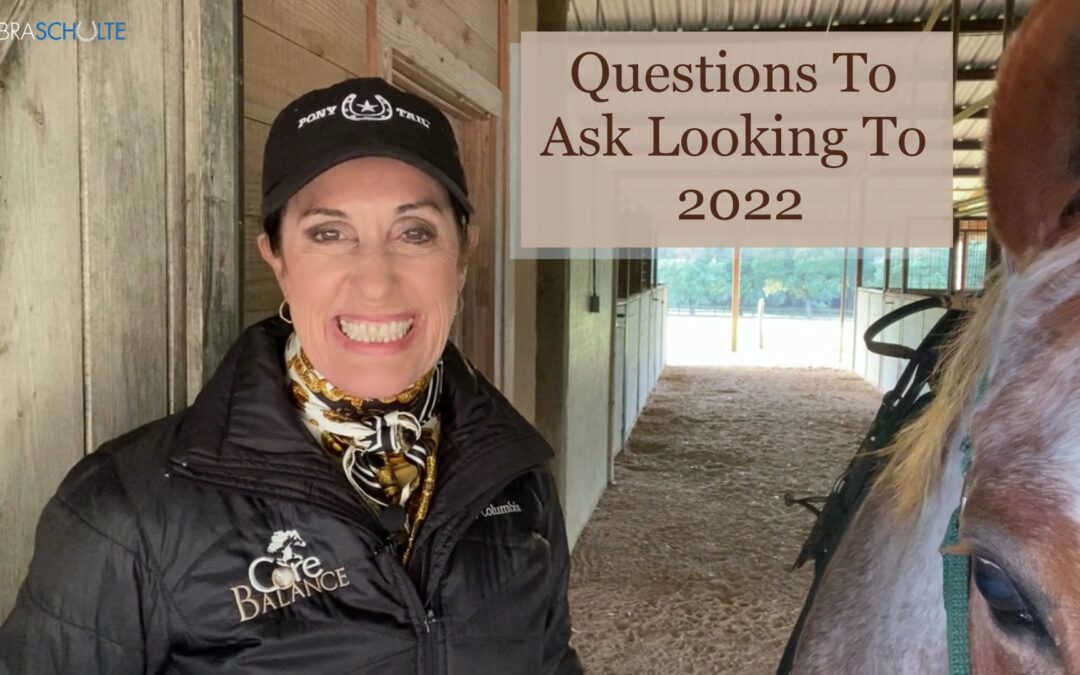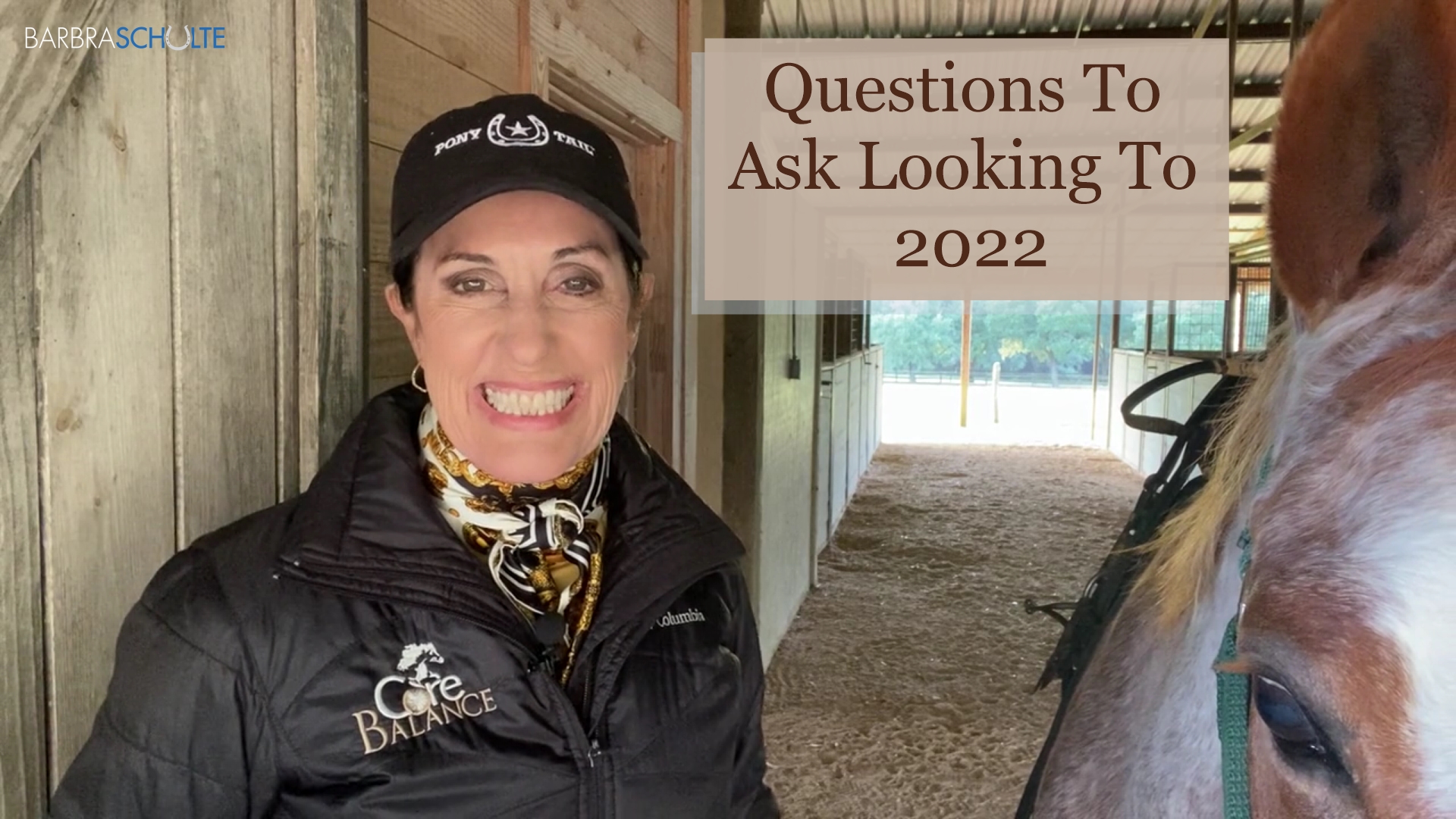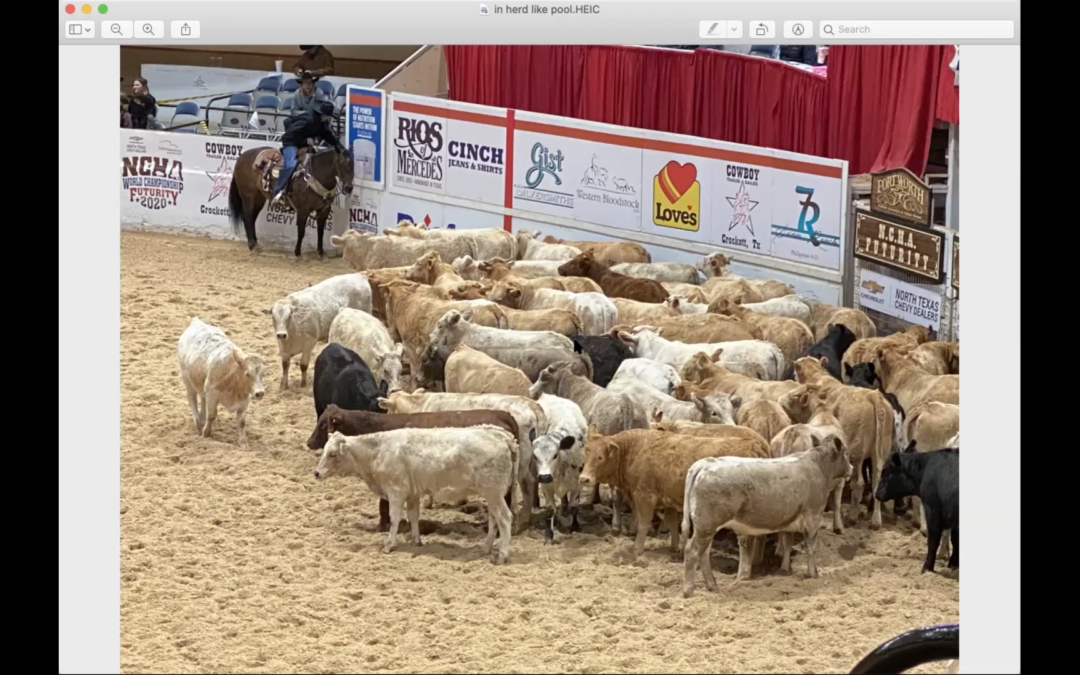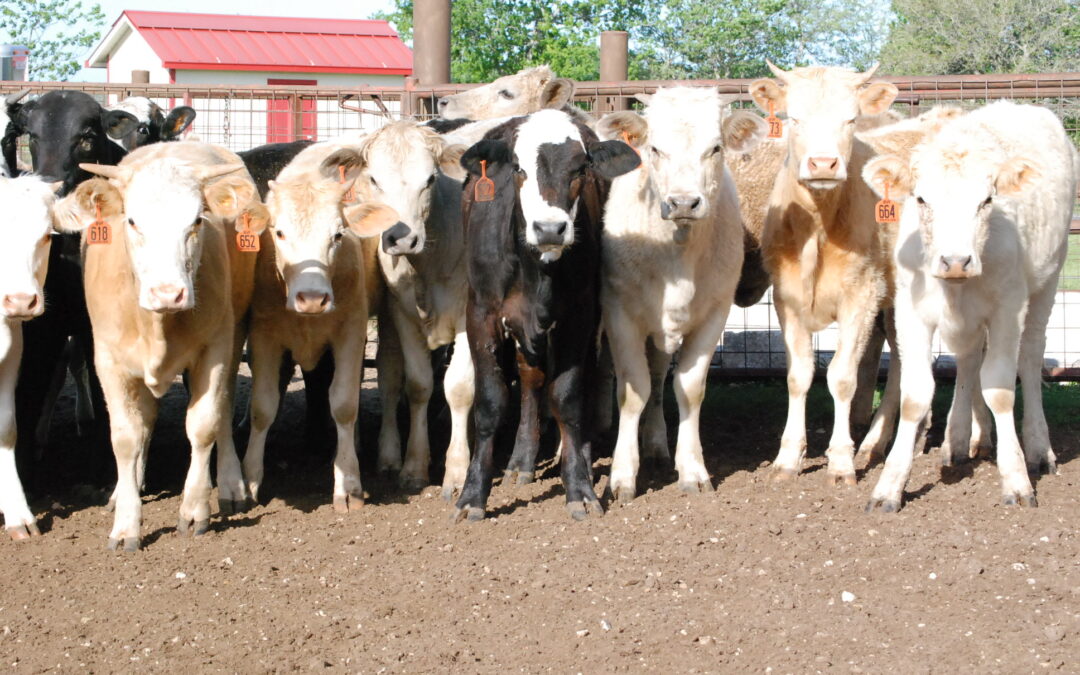This time of year is such a perfect time to think about 2022 – what we want to accomplish – why we want to achieve it – and what success looks like. Then – what is our path to get there?
I think about new beginnings first regarding the what and why as such essential pieces to ponder.
We tend to think about the logistics of the path, like – where we’ll take lessons – how we’re going to be coached – and who is going to train our horse.
That’s important, but I like to start with the foundation of determining what brings you joy (why do you even ride?)
Then ponder, what is it that you need technically? What does your horse need technically? How will you get each of you improving in the areas that need improving – and then how will you get the connection between the two of you going?
Does your horse stay calm and focused? How will you think in empowering ways and use your body in ways that call up confidence? You’ll need to hone your horse’s mental and emotional skills along with your own.
So again, I think of planning to shore up our needs, our horse’s needs, and then blend them.
When you think about what you’d like to accomplish in 2022, it should be something that makes you so happy.
Next, let’s talk about decisions regarding your horse’s and your technical skill development.
First, you and your horse are a team. In teamwork, of course, it takes two or more to achieve the desired result, and it’s not a solo act.
As a rider, we are the team leader with our horses. It takes two to tango.
I often see amateurs and nonpros feel as if they are responsible for every weakness their horse has or they have. They think they should know most things ‘by now.’ But the reality is they’ve never had the opportunity to learn those skills.
Your horse brings their own set of trained technical skills to the table, and you get your set of riding skills. It’s best not to feel burdened by the pressure you put on yourself to be more advanced than you are.
Yes, you do need to be as objective as you can, perhaps with the help of a coach or professional. Please do your best to understand what horsemanship and technical skills you need next and how to learn them.
The same is necessary to consider for your horse.
In addition to a professional trainer or coach, there is additional information to be found online or by hearing the comments of those more experienced than you.
I think it’s fun to think of your job as a rider, like being a detective. Do your homework. Pick what information resonates with you for your riding and to improve your horse. No one person or resource knows everything. Have fun gathering information wherever you find it. That is the way of learning to be a good rider and horse person.
Above all, please do not blame yourself for being behind. You are never behind, and you are on a magnificent – and very personal – adventure with your horse. Enjoy every moment.


